What are they?
Commonly called civet cats, civets are not cats. In fact, they are more closely related to mongooses than they are to cats. In Singapore, the Common Palm Civet is one of the species of civet that can be seen. Civets are commonly known as ‘Musang’ in the Malay Language.
They are usually found living in the forests, parks, mangroves and even roof spaces of buildings in urban areas. They are nocturnal by nature and like to stay in trees and high places.
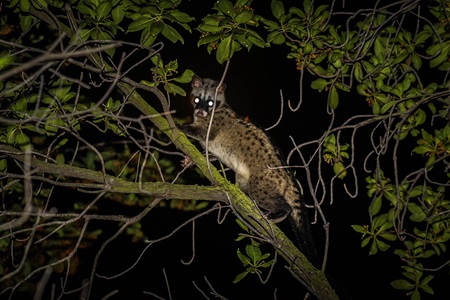
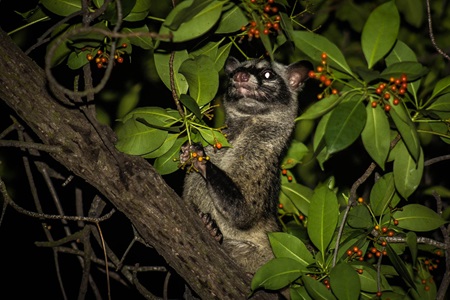
Photos by Bryan Lim
What does a Common Palm Civet look like?
It has a long sleek body with short limbs and a long tail, a long muzzle and small ears. The body is dark greyish brown with three dark stripes along the back and black spots on the sides. They are also identified by the black 'mask' across the face.
What do civets eat?
In Singapore, they frequently eat the fruits of the Fishtail Palm and seed pods of the Rain Tree. Being omnivorous, they also like fruits such as mangoes, bananas and chikus and will eat small snakes, small birds, insects and rats.
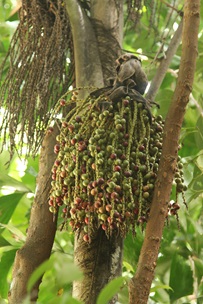
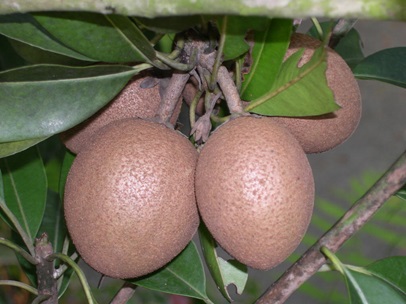
Fishtail Palm (Photo by Ang Wee Foong) and Chiku (Photo from NParks Flora and Fauna Web)
Ecological roles
The common palm civet promotes seed dispersal by swallowing seeds whole while eating fruits and then defecating them, helping to maintain and improve the health of Singapore’s forests. It also serves as a form of biological pest control by feeding on rats and pest insects, thereby suppressing their populations.
Did you know?
Coffee beans that have been eaten by civets and passed through their digestive system are highly valued in some neighbouring countries in Southeast Asia. This coffee goes by various names, including kopi luwak in Indonesia, kape alamid in the Philippines and weasel coffee in Vietnam. It is some of the most expensive coffee in the world, but can come at a cost to civets which are often poached from the wild and kept in inhumane conditions to produce the beans.
What to do when I encounter a civet?
- Do not be alarmed. Like most wild animals, civets are shy and will stay out of sight. You are advised to leave the civets alone. It is fine to observe them from afar but do not try to corner or chase them, as that may provoke them to attack in order to protect themselves.
- Civets may eat leftover cat food that is left out in the open. If you do not want them to come to your property, please ensure that cat or dog food is kept indoors.
- If you find baby civets in your property, leave them alone and do not attempt to pick them up. If people swarm around the baby civets, this prevents the mother from picking them up and the mother may end up abandoning them. If the mother is nearby, she will respond to their cries and attend to them.
- If the civet happens to give birth in your property, leave it alone. The baby civets will start venturing out within two or three months after birth. After that, they will follow their mother to forage and will move out of your property eventually.
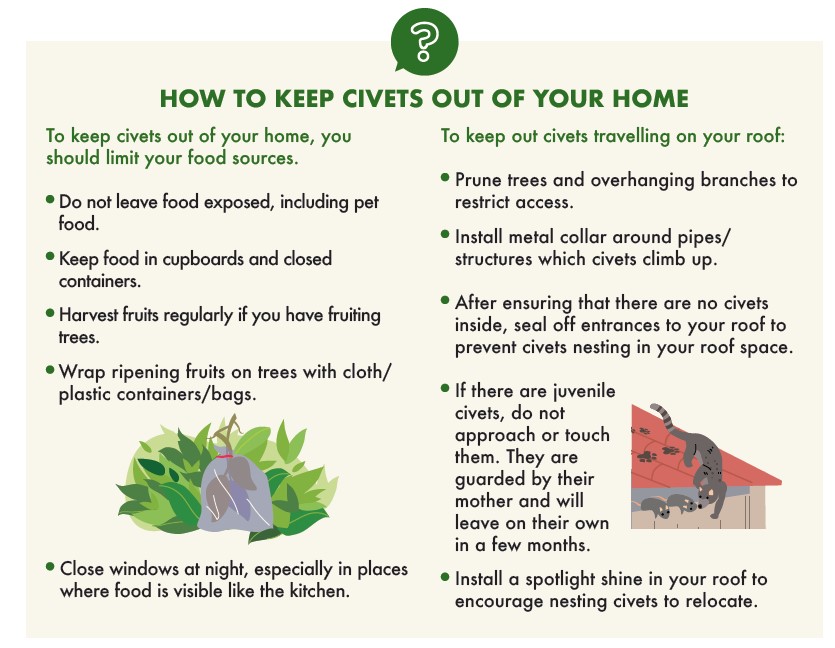
You can call NParks’ Animal Response Centre at 1800-476-1600 when
- A civet is trapped in your house and unable to leave on its own
- The civet appears to be injured
- You require further advice on civet-related issues
If you have further queries, please contact us through our online feedback form at https://www.avs.gov.sg/feedback.